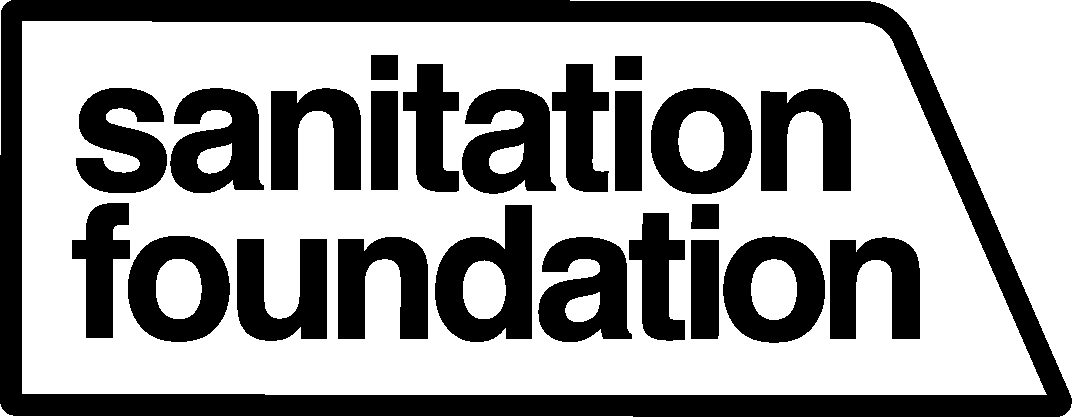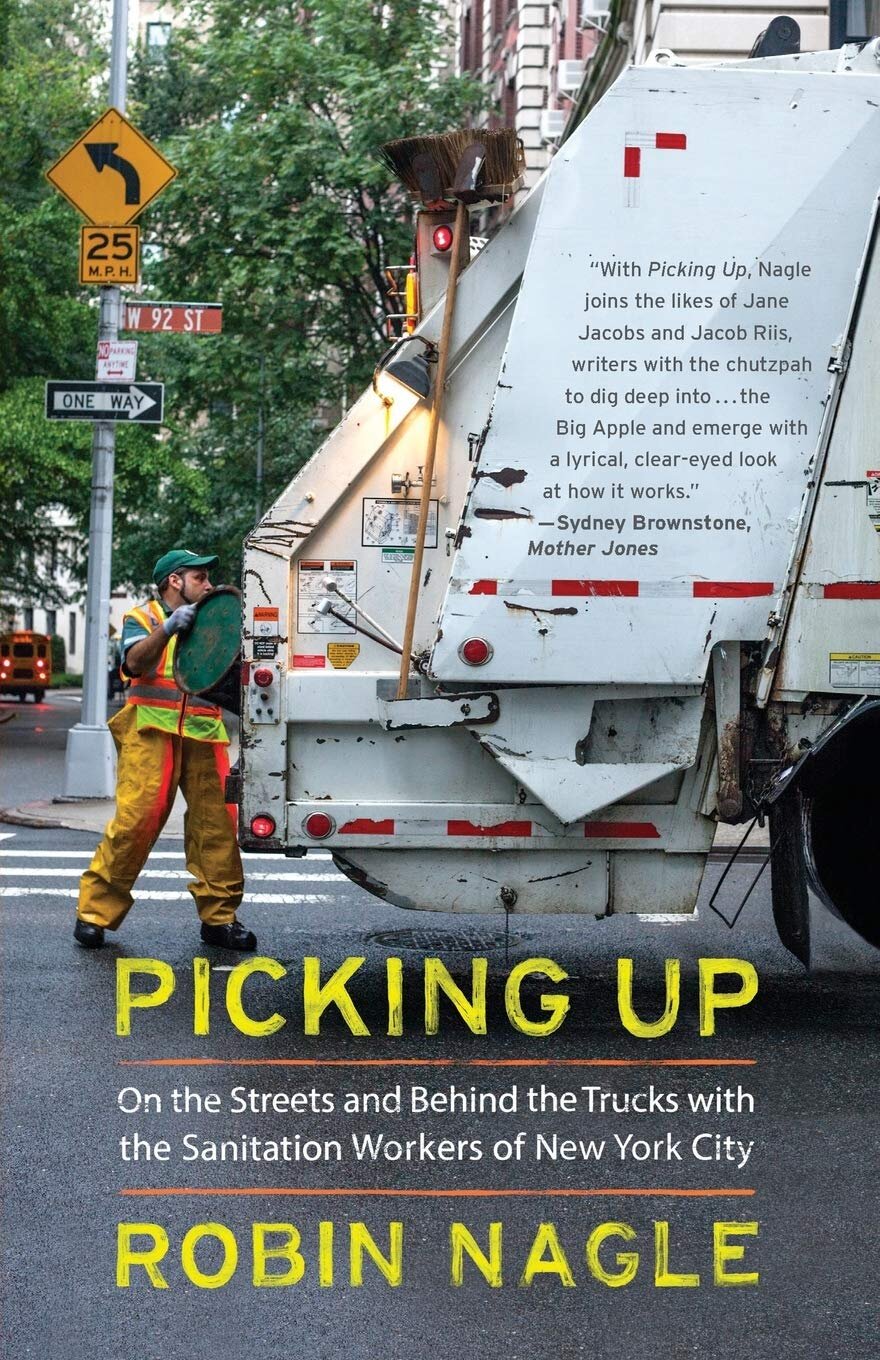Books We Love
February 2020 | Renzi Wise
Picking Up: On the Streets and Behind the Trucks with the Sanitation Workers of New York City
Robin Nagle
New York City produces more than twelve thousand tons of household trash and recyclables a day. As quickly as it accumulates, it's hauled away. But who makes that happen? What's life like for the workers with careers built around garbage? In Picking Up, DSNY anthropologist in residence Robin Nagle takes us inside New York City's Department of Sanitation, a largely unseen and often unloved army responsible for keeping the city alive.
Fresh Kills: A History of Consuming and Discarding in New York City
Martin Melosi
Fresh Kills—a monumental 2,200-acre site on Staten Island—was once the world’s largest landfill. From 1948 to 2001, it was the main receptacle for New York City’s refuse. After the 9/11 attacks, it reopened briefly to receive human remains and rubble from the destroyed Twin Towers, turning a notorious disposal site into a cemetery. Today, a mammoth reclamation project is transforming the landfill site, constructing an expansive park three times the size of Central Park. The first book on the history of the iconic landfill, Fresh Kills unites environmental, political, and cultural history to offer a reflection on material culture, consumer practices, and perceptions of value and worthlessness.
Garbage Land: On the Secret Trail of Trash
Elizabeth Royte
In Garbage Land, acclaimed science writer Elizabeth Royte leads us on the wild adventure that begins once our trash hits the bottom of the can. Along the way, we meet an odor chemist who explains why trash smells so bad; garbage fairies and recycling gurus; neighbors of massive waste dumps; CEOs making fortunes by encouraging waste or encouraging recycling-often both at the same time; scientists trying to revive our most polluted places; fertilizer fanatics and adventurers who kayak amid sewage; paper people, steel people, aluminum people, plastic people, and even a guy who swears by recycling human waste.
Noxious New York: The Racial Politics of Urban Health and Environmental Justice
Julia Sze
In Noxious New York, Julie Sze analyzes the culture, politics, and history of environmental justice activism in New York City within the larger context of privatization, deregulation, and globalization. She tracks urban planning and environmental health activism in four gritty New York neighborhoods: Brooklyn's Sunset Park and Williamsburg sections, West Harlem, and the South Bronx. In these communities, activism flourished in the 1980s and 1990s in response to economic decay and a concentration of noxious incinerators, solid waste transfer stations, and power plants. Sze describes the emergence of local campaigns organized around issues of asthma, garbage, and energy systems, and how, in each neighborhood, activists framed their arguments in the vocabulary of environmental justice.
Fat of the Land: Garbage of New York
Benjamin Miller
A city awash in garbage; rats skittering through heaps of rotting debris; disease spreading through choked waterways; citizens threading through piles of filth - urban nightmare or profiteer's dream come true? Benjamin Miller's panoramic view of New York's garbage takes us from the earliest antebellum collectors, to 19th- century barons trading in fertilizers and explosives, to the current feuding bureaucrats and environmentalists. Fat of the Land covers social and scientific theories of class and disease, in the process offering a richly textured history of urban development. The book reveals for the first time the plotting of power broker Robert Moses that gave birth to the controversial Fresh Kills landfill and examines the curious logic behind its untimely end. Fat of the Land brings to light an often hidden subject, assessing who gains and who loses in the endless battle over garbage.





